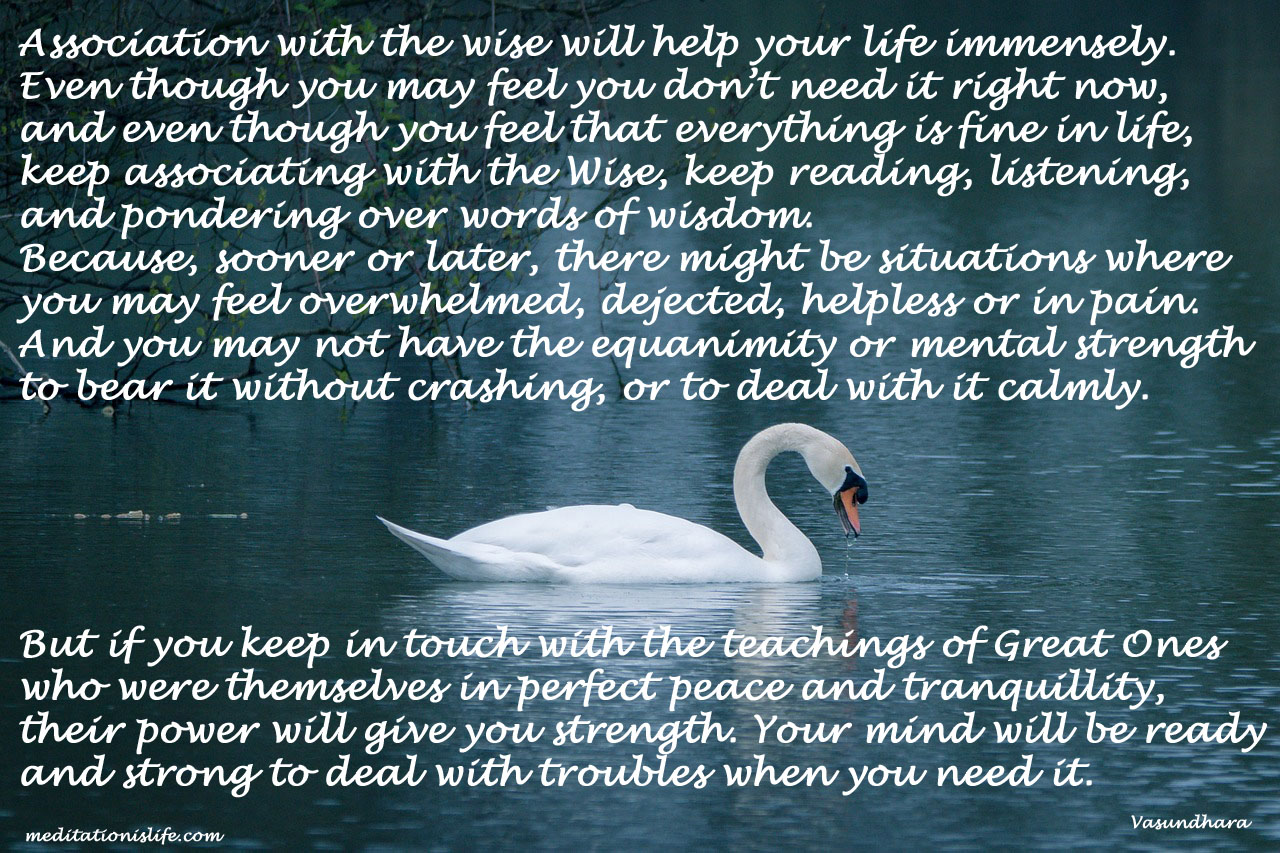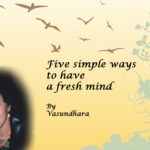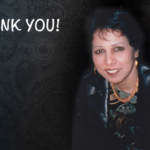What is Self-Enquiry?

What is Self-Enquiry?
The goal is to obtain lasting happiness and peace of mind. For this, the most effective and direct means is Self-Enquiry. So say the Sages.
If we have a disease, either we can just treat the symptoms, or we can cure the disease itself. Similarly, other spiritual practices help to gain a little peace of mind, but the mind that subsides temporarily, rises back with full force again. But Self-Enquiry gets to the root and cause of the problem, eliminates it once and for all, and reveals the Happiness that is our real nature.
Self-Enquiry is the direct route to the destination
What is Self-Enquiry? Self-Enquiry is the inner investigation to know the Real Self.
Self-Enquiry is getting direct knowledge of the Blissful Self (Jnana Yoga). Other methods, such as Devotion (Bhakti Yoga), Selfless Actions (Karma Yoga) and Physical exercises to gain mind control (Hatha Yoga), are useful as accessories or preliminaries. Or they are for those who are not still ready or naturally inclined for Self-Enquiry. But Self-Enquiry directly deals with the crux of the problem, of finding where the false “I” comes from, which leads to knowing the Real Blissful Self.
To give a simplistic example, you may have several routes to drive to a place. You can take a route that has several stop signs and traffic lights. Or you can take a highway route, better than the previous one, but with limited lanes so you have to follow slow traffic sometimes. Or you can take a fast, express highway route that has very few exits and takes you directly to the destination. Self-Enquiry is proclaimed to be the fastest path to liberation from bondage and attainment of happiness.
According to Ramana Maharshi, the main methods in the path of Self-Enquiry are Vairagya (Intelligent Detachment) and Abhyasa (Practice of Meditation).
Regarding detachment, Self-Enquiry makes us understand the ephemeral nature of worldly transactions and pleasures. It makes us realize that we always end up being dissatisfied from them. It makes us understand that objects or actions themselves are not the problem, but our attachment to them. It makes us realize that there is no lasting happiness in any object in the world. Because, if we feel adequate and fully satisfied from an object, why then do we make further attempts to get happiness? Besides, an object that is dear to us at one time gives misery to us at another time. This shows that happiness is not in objects. It is in our mind. This understanding is detachment.
Regarding practice, “Who am I?” is the question to ask ourselves. The idea is not to expect an answer in thoughts or words. Any answer like this will only come from the ego, which is just a phantom that appears and disappears. By this self-enquiry, we are actually trying to find out the substratum on which the ego plays, the Real, Eternal “I”. So self-enquiry means looking for where the “I” arises from, where it comes from within. When we look for the false “I” – the ego or the “I” thought – it vanishes, and the Real “I” remains, which is of the nature of pure, uncontaminated Being-Awareness-Happiness (Sat-Chit-Ananda). The Real “I” was, is and will be there eternally. But our ignorance is covering it. We now realize and regain It. This is called Self-Realization.
To know and abide as Permanent Bliss, we need Self-Enquiry. So say the Sages.







 Great Scriptures of India
Great Scriptures of India Sages From India Teachings
Sages From India Teachings Sri Ramana Maharshi Teachings
Sri Ramana Maharshi Teachings Versatile Recipes
Versatile Recipes